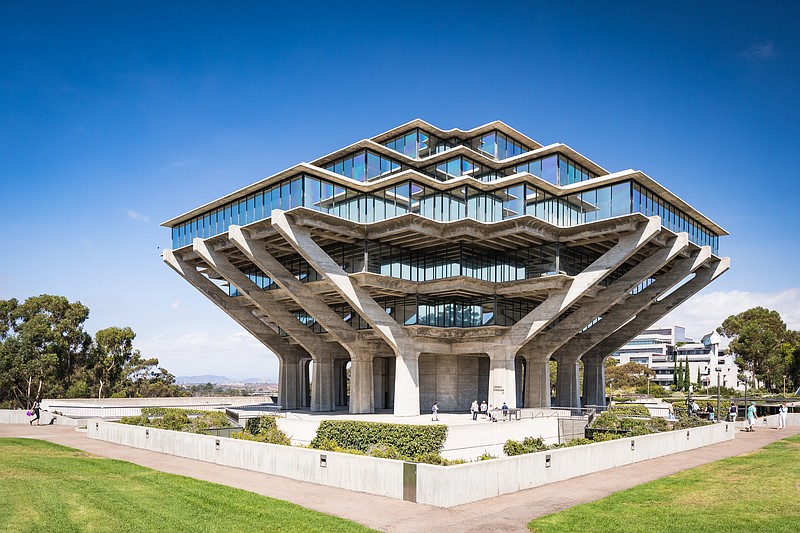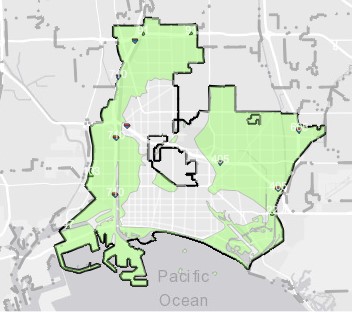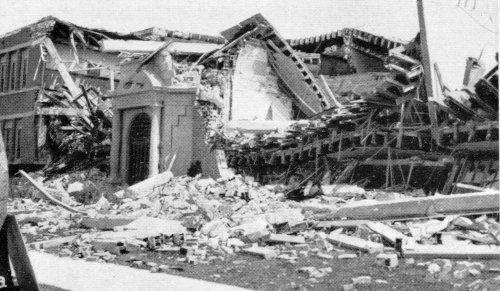-Appeared on Apartment Association Greater Los Angeles (AAGLA).
It’s been more than six months since a massive 9.2-magnitude quake shook Southeastern Alaska, and while some businesses are still trying to get their lives back to normal the overwhelming majority of communities there seem to have withstood the incident with resolute resilience.
Given the force of the Nov. 30 temblor, the impacts — with no fatalities — were relatively mild.
That’s because Alaska has taken deliberate steps to prepare itself after having suffered devastating earthquakes of the past. Residents there know that other major quakes will come, and stricter building codes and retrofits put into place in 1964 were instrumental in minimizing the damage and eliminating fatalities from this most recent quake.

Damage from the Good Friday Earthquake of 1964 prompted Anchorage to implement more stringent building codes and retrofits of existing structures to build a more resilient community. (Credit: USGS)
California, like Alaska, has a long history of large earthquakes, and fortunately for everyone, many cities in our state are also enacting ordinances requiring retrofits of buildings proven to be vulnerable in an earthquake. But there is still much to be done.
Experts agree that the limited destruction of the recent Alaska quake was the result of the region’s growing smarter and much more resilient in the years since 1964, the New York Times reported.
“I think there was a lesson to be learned,” David Gamez, vice president of the American Society of Civil Engineers Alaska Section, wrote on the organization’s website.
Good for Building Owners and Communities
It’s universally understood that safer structures benefit society on a social, economic and environmental level. But seismic retrofits bring financial benefits to the building owners, too.
Retrofitted buildings with little or no damage following a major quake will continue to provide the income owners need to pay the mortgage on the property. This is an important point because apartment owners will still be required to pay on their mortgage even if their property is red-tagged.
On the other hand, if your property is red-tagged, you will be financially responsible for potential liabilities, relocation assistance, demolition and cleanup of the property — all without the income necessary to cover the mortgage.
In the year following the 1994 Northridge Earthquake, a group of U.C. Berkeley researchers sent out surveys to Southern California businesses, asking them to gauge the impact of the quake on
operations. More than a third of the 559 firms responding to the survey said the quake caused them to lose money — an average of $85,026. The results included companies located in Orange County, nearly 50 miles from the epicenter of the quake.
It pays to protect your building and your assets.
Caltech researchers determined that apartment owners could expect to save $7 for every dollar spent on a retrofit, and that didn’t factor in loss to contents, alternate living expenses or deaths and injuries – all of which would have significantly increased the cost-to-benefit ratios.
Throughout Southern California, literally thousands of building owners are taking steps to protect their assets and tenants from disaster. Being informed is the first step.
If you believe your apartment building is at risk, contact a reputable and experienced seismic retrofit company and ask for a free consultation. Knowing the risks and benefits associated with your building is an important part of responsible property management.







Leave A Comment